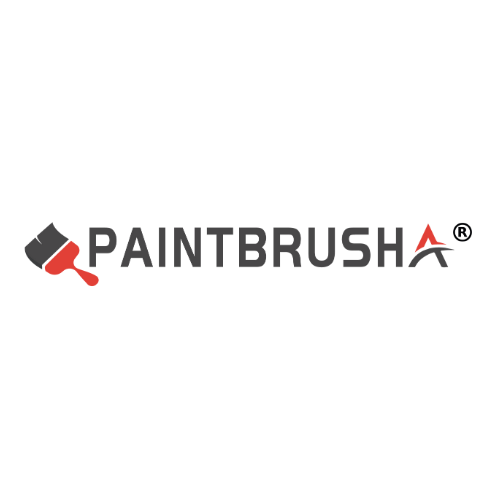When choosing an oil painting brush, the following aspects can be considered:
First, material and hardness
Material:
Animal hair: High-quality oil brushes such as mink hair and badger hair, with moderate softness and hardness, soft and even coloring, no brushstroke marks, suitable for detailed depiction. Squirrel hair and monkey hair oil brushes also belong to soft hair brushes and are suitable for delicate expressions.
Artificial wool, such as nylon, possesses the characteristics of high-quality oil brushes like mink and badger hair. It can be used to create brushes of various shapes, which can not only soften local colors but also perform detailed depictions. However, artificial hair brushes should not be soaked in water as the hair is prone to deformation in water.
Mane: Mostly made of pig bristles, it is highly elastic, sturdy and strong. When coloring, it often leaves mane marks. It can lift thick pigments and is suitable for thick painting techniques with brushstroke textures.
Cowhide and camel hair: They belong to soft-bristled oil brushes and are mostly used for covering colors.
Hardness:
Hard-bristled brushes (such as pig bristles) are suitable for applying thick paint, shaping textures and creating bold brushstrokes.
Soft-bristled brushes (such as mink hair and badger hair) are suitable for depicting fine details, applying smudges and coats, and creating smooth transitions between colors.
Some brushes have a moderate hardness, which is suitable for both fine painting and various brushwork creations.
Second, shape and use
Round brush: The oldest type of oil brush, with a blunt tip that can be used to create rounder and softer strokes. The small circular oil brush can be used for outlining. When used with the side tip, it can create a large area of blurred color halo. It can also be used in the pointillism technique.
Flat-tipped brush: The flat-tipped oil brush with a flat body did not appear until the 19th century and was used to create wide, sweeping strokes. Rough lines can be drawn with a flat tip on the side. Rotate the pen body to use the brush in a dragging and sweeping manner, which can result in uneven stroke thickness.
Hazel-shaped brush: Flat body and round head, it combines the characteristics of both round head and flat brushes, but is difficult to control. When depicting curvilinear brushstrokes, it is a more elegant and fluid brush.
Fan-shaped brush: It belongs to a new type of specially made oil brush, with sparse bristles and a flat fan-shaped shape. It is used for light sweeping and brushing in wet painting, or to soften overly distinct Outlines. Painters who like the thin painting technique often use this kind of brush.
Third, model and size
Model and Application:
Large-sized brushes are usually used to create large brushstroke textures and lay out large color blocks.
Small-sized brushes are usually used to draw fine lines and color dots.
Size selection:
Choose brushes of different sizes according to your painting needs. For example, when drawing a large background area, a large brush can be chosen; When depicting details, a small brush is chosen.
Fourth, brand and quality
Brand:
Choosing oil brushes from well-known brands usually ensures better quality. One can learn about the reputation of different brands through online reviews, professional forums and other means.
Quality
Check whether the workmanship of the paintbrush is fine and whether the bristles are neat and free of falling off.
Try holding the paintbrush and feel its comfort and balance.
Fifth, other precautions
Usage and Requirements:
Choose a suitable brush according to your own painting style and needs. For example, painters who prefer a delicate style may be more inclined to choose soft-bristled brushes; Painters who prefer bold brushstrokes may prefer hard-bristled brushes.
Maintenance and upkeep
Understand the maintenance methods of paintbrushes to extend their service life. For example, clean the paintbrush in time after use to prevent the paint from drying up. Do not soak the paintbrush in water for a long time to avoid deformation of the bristles.
